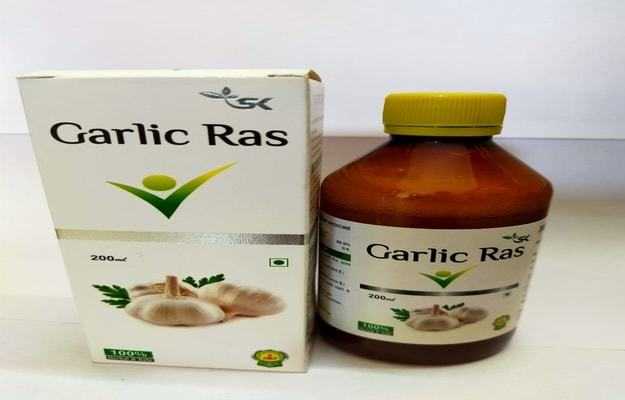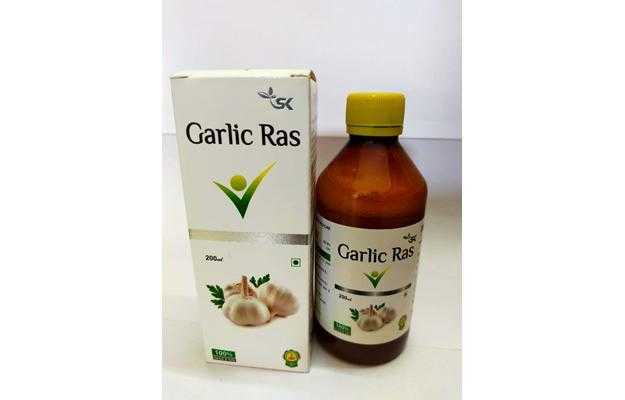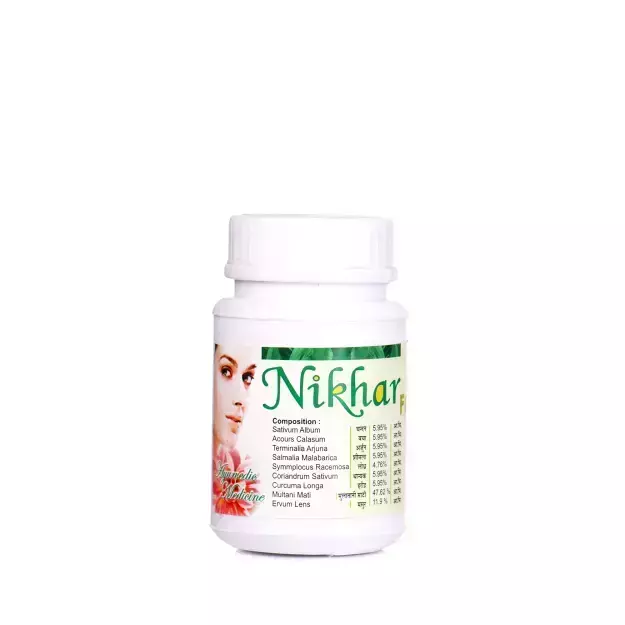Ingredients of SK Garlic Ras
|
Garlic
|
-
Agents that reduce inflammation or swelling caused due to an injury or infection.
-
Agents, which help to reduce oxidative stress, by scavenging free radicals
-
Agents or medicine that acts on the immune system to modulate immunity.
-
A medicine or an agent which destroyes or suppresses the growth of bacteria.
-
Drugs which reduce lipid and cholesterol levels in the body and are helpful in the management of cardiac disorders.
|
SK Garlic Ras Benefits
SK Garlic Ras is used to treat the following -
SK Garlic Ras Side Effects
No side effects of SK Garlic Ras have been reported in the medical literature. However, you should always consult your doctor before using SK Garlic Ras.
SK Garlic Ras Related Warnings
-
Is the use of SK Garlic Ras safe for pregnant women?
Research work has not been carried out till date on safety of SK Garlic Ras for pregnant women. So its effects on pregnant women are unknown.
Unknown
-
Is the use of SK Garlic Ras safe during breastfeeding?
Information about safety of SK Garlic Ras for women who are breastfeeding is not available since scientific research on this is yet to be done.
Unknown

-
What is the effect of SK Garlic Ras on the stomach?
SK Garlic Ras is not harmful for the stomach.
Safe

-
Is the use of SK Garlic Ras safe for children?
It is not known what effect SK Garlic Ras will have on children, because no research work has been carried out on this till date.
Unknown

-
Can I take SK Garlic Ras with alcohol?
It is difficult to say anything about the effect of SK Garlic Ras and alcohol. No research has been done on this.
Unknown

-
Does SK Garlic Ras cause drowsiness?
You can operate a vehicle or heavy machinery after taking SK Garlic Ras since it does not cause drowsiness.
No
-
Is this SK Garlic Ras habit forming or addictive?
Currently, no research suggests that the use of SK Garlic Ras can lead to addiction.
No
How to Take SK Garlic Ras
You can take SK Garlic Ras with following:
This medicine data has been created by -
Dr. Braj Bhushan Ojha BAMS, Gastroenterology, Dermatology, Psychiatry, Ayurveda, Sexology, Diabetology
10 Years of Experience
X










